Tawfik Alzaidi’s debut feature Norah, from 2022, tells a moving story about the human need for creative expression. The film is set in a remote Saudi Arabian village in the 1990s, when strict religious rules tightly controlled daily life. Most significantly, all forms of art were forbidden.
We meet Norah, a spirited teenage girl living with her aunt’s family after losing her parents. Stifled by the village’s oppressive social norms, she finds ways to glimpse distant worlds through magazines smuggled in. Norah dreams of a life beyond the desert community’s confining borders.
Things change with the arrival of Nader, a teacher assigned to educate the local boys. A former artist, he rekindles his own passion through helping eager students learn. Norah is especially inspired by Nader and does everything she can to experience the magic of creation for herself, despite facing disapproval from conservative elders.
Alzaidi’s film beautifully explores how artistic expression can offer liberation, even in the most restricted of places. Through Norah and Nader’s symbolic bond, it shines a light on humanity’s profound need to imagine, create, and simply be seen.
Norah and Nader’s Journey
We first meet Norah living in the small desert village with her aunt’s family. Though just a teenager, she already seems restless and dreaming of more than this restrictive life allows. When magazines and music give her glimpses of outside worlds, they only deepen her longing to experience what lies beyond the community’s borders.
All that changes with the arrival of Nader. Sent to teach the local boys, he once had a passion for art himself. Through gentle yet insightful storytelling, we see Nader work to educate the children—no easy task, as traditional views aren’t keen on this expanded learning. His gift of a portrait for one eager student is both a treat and a risky act, though it touches Norah deeply.
Determined to experience creation, Norah finds ways to get messages to Nader asking for her picture to be drawn too. Their resulting secret meetings unfold with suspense, aware one slip could lead to disapproval. Nader is reluctant at first due to the challenges, but seems to recognize something in Norah’s spirit and slowly opens her ability to see.
Subtly yet powerfully, Alzaidi establishes these characters and their growing symbiosis. Both feel stifled yet long to simply be seen—to imagine beyond what’s deemed acceptable. Through artistic connection, they find a kind of liberation, however brief, from the oppressive social norms of this remote village setting.
Connecting Through Creativity
One clear theme shines through: our inherent need for creativity. In the remote village, all forms of art faced strict censorship. Yet this only seemed to deepen Norah and Nader’s longing to imagine and create.
Through her magazines and his drawing, they found brief escapes from the oppressive social rules. But it was in connecting with each other that they truly began to thrive again. Nader’s portrait gifting reignites dormant talent, reminding of art’s power to express inner worlds.
Norah desperately wants this too, to be seen beyond the limitations others impose. Her insistence that Nader capture her soul, despite all obstacles, shows how creativity offers a means of simply being present. Rather than shrinking under censorship, their passion grew in secret moments where brush met page.
Interestingly, it’s not passion between the two but of passion itself. A love of creative expression that nourishes the spirit, regardless of gender, background, or status. Their bond blossomed through sharing this joy of imagining, a liberating act where conventional norms lose their hold.
By uniting those silencing art with those seeking it, the film highlights humanity’s shared need to craft meaning from inner landscapes. Norah and Nader model how even in the most restricted of places, and through the smallest of acts, we can cultivate understanding between each other.
Capturing a Moment in Time
One really has to praise just how well this film transports us to its true setting. The director shows a real gift for establishing time and place from the get-go.
Through simple details like period clothes or Nader’s flashy shades, the remote village instantly feels genuine. Subtle cues make clear this remote community faced big changes back in the 90s.
Even more impressive is giving life to the place itself. By shooting on location in AlUla’s striking desert landscapes, every scene embraces the atmosphere. It’s not just a backdrop but a true sense of the characters’ physical world.
When joining Norah and Nader in their secret exchanges, techniques like lighting really come alive. In darkness they find connection, illuminated by flickers that emphasize fleeting moments. Camerawork frames them as whole yet obscure beings, much like their situation requires.
Music also plays a big role without overpowering. It lifts certain scenes just enough to draw us deeper in thought. All the while respecting that some things are better left unsaid.
With polished production values like coordinated editing, first-time director Alzaidi proves a real eye and feel for the medium. He tells a rebellious yet nuanced story in a visual style fitting its themes. Norah stands as a strong debut from a director with a bright future.
Cultural Moments Captured
Playing at Cannes marked real significance for Saudi cinema. Norah connected globally while speaking deeply for local experiences too.
It tells a rebellious story within cultural bounds, with passion for expression shown not in romance but in creative spirit. Subtleties like veiled glimpses conveyed volumes, respecting societal norms while stirring viewers elsewhere.
Balancing Western appeal and domestic relevance can’t have been easy. Yet Alzaidi navigated skillfully through a tale universal yet grounded firmly in its 90s setting.
One sees influences certainly, including from Persian New Wave films of that time. Their natural depictions and way of encouraging thought after scenes mirror techniques used.
Especially a film like Downpour, with a teacher connecting to a student’s sister, bears resemblance. Both explore restrictions people face and fleeting moments they overcome limits, if only briefly, through sharing creativity.
It’s plain Alzaidi learned from masters of nuanced storytelling within limits. Now his debut brings influence back, marking a cultural moment that could inspire many future Saudi filmmakers too. Noah triumphed by capturing social truths through a soft gaze, worldwide yet deeply local too.
Chemistry Between the Lines
Norah and Nader only truly connect through brief glimpses, but Maria and Yaqoub ensure chemistry remains palpable throughout. Subtlety is just what their characters require, and both deliver masterfully.
Maria conveys volumes through silent longing in Norah’s eyes alone. One feels her need to experience life beyond prescribed roles. Yet respect for cultural ways also comes across clearly.
It’s a tricky balancing act, implying rebellion without overt disrespect. Maria navigates this deftly, leaving viewers to sympathize without judgement. Her whole being tells of a vibrant spirit constrained.
Yaqoub matches this nuance as Nader, whose passion reawakens through Norah’s influence. Discomfort at risking trouble shows in hesitance over each portrait session. But his growing appreciation for Norah’s spirit comes through too.
Together, an entire conversation flows between them wordlessly. Stolen moments convey all that must remain unsaid, from growing care to realities that cannot be changed.
Their connection feels authentic, grounded firmly in time and place yet universal too. Two souls finding kinship where little seems permitted, which helps viewers connect all the more.
Maria and Yaqoub ensure Norah and Nader’s bond resonates from beginning to end, respecting their world while sharing its truths powerfully with all viewers. Their performances rank among cinema’s finest unspoken dialogues.
Cultural Windows, Creative Doors
Norah offers glimpses within a seldom-seen world, showing both beauties and constraints. While not perfect, Alzaidi’s debut delivers impact through its exploration of art’s power, even where expression faces barriers.
Moments between Norah and Nader, sharing creativity’s joys through brief portraits, resonate longest. Their growing bond nourishes restless spirits amid restrictions, reinforcing art’s ability to transcend divides. Within a seldom-depicted time and place, Alzaidi crafts windows into his heritage through characters crafting doors for their souls.
Of course, some detours exist. But Alzaidi’s fresh voice, nuanced portrayals, and setting a visually striking stage suggest he’ll only strengthen future works. Having proven skillful narration of challenges common across societies, his future films could inspire many by expanding Arabic cinema’s global presence.
Alzaidi illuminates art’s life-enriching qualities, even in darkness. Norah’s achievements give confidence more international showings will find admirers, as will the director’s sure to follow. By sharing his culture’s truths through characters’ humanity, he outlines promising pathways for an art that uplifts all.
The Review
Norah
While not without its flaws, Norah proves a promising debut that powerfully captures the human spirit of creativity against adversity. Alzaidi crafts compelling characters in Nader and Norah to convey art's ability to connect souls across borders. Despite logistical bumps, he deftly brings to light a seldom-seen time and place through a tale that touches hearts globally.
PROS
- Nuanced performances by Bahrawi and Alfarhan that convey complex characters through subtlety
- Thoughtful exploration of the universal human need for creative expression
- Evocative representation of 1990s rural Saudi culture and the role of art within it
- Beautiful cinematography that immerses viewers in the film's setting
CONS
- Narrative slows with some unnecessary backstory details.
- Lacks fully satisfying resolution for Norah's character arc
- Potential for deeper critique of social constraints facing Nader and Norah
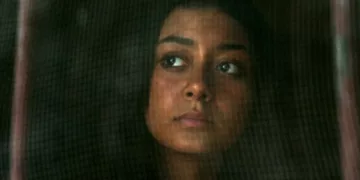







































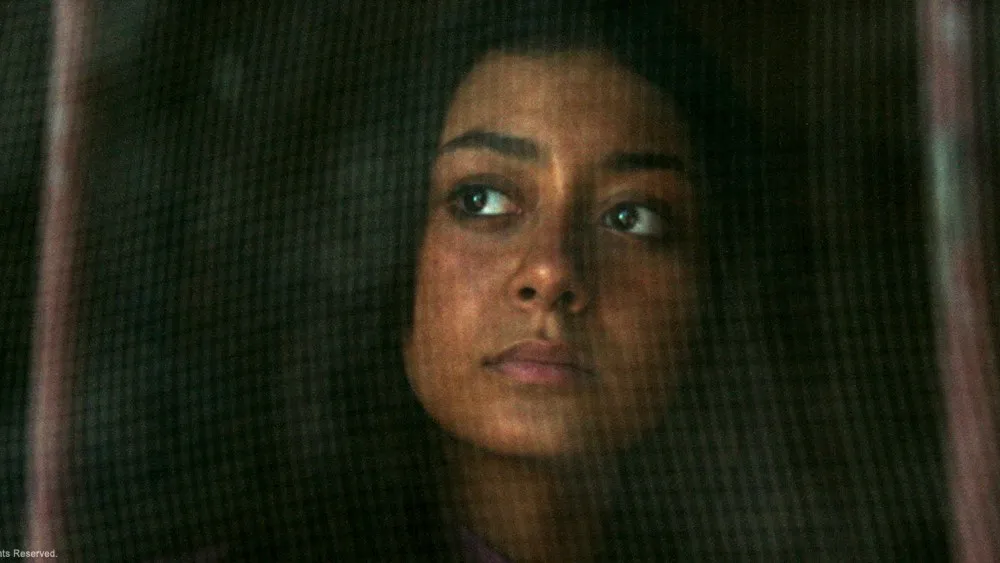
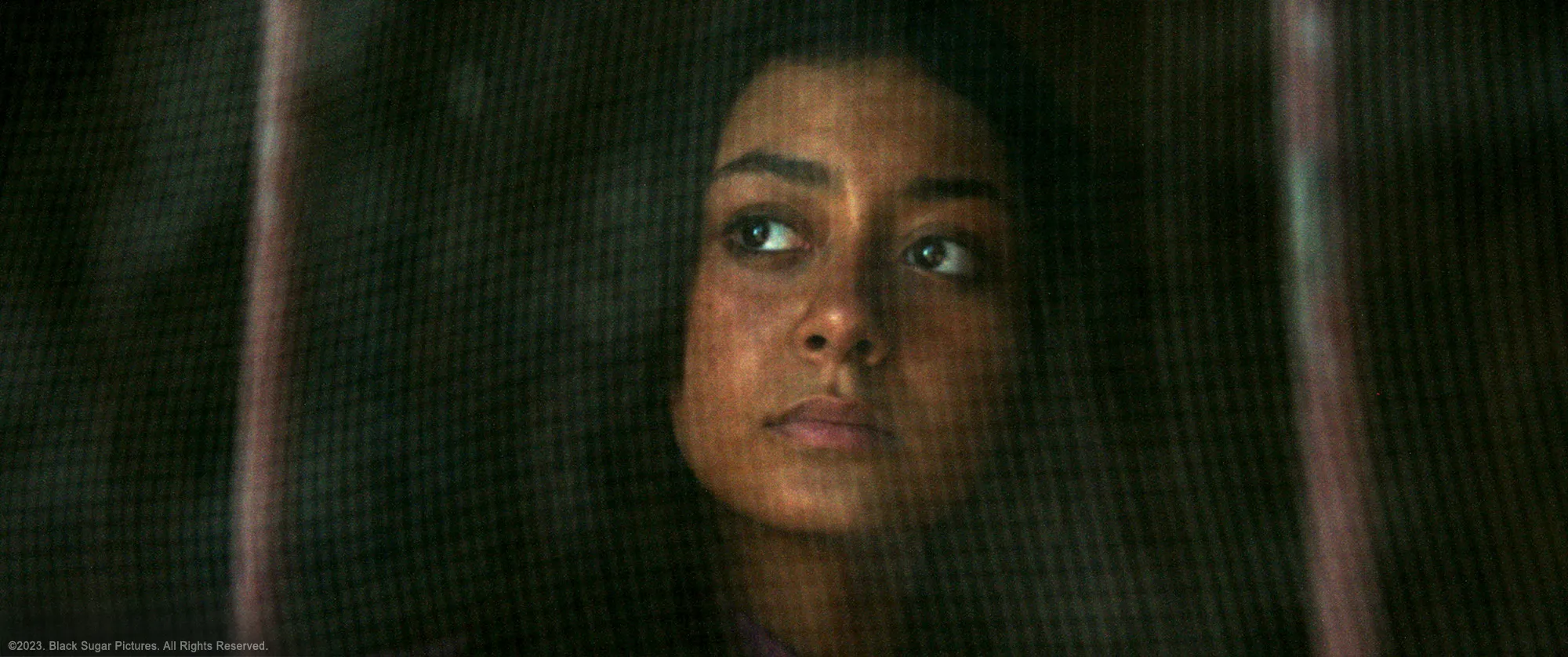
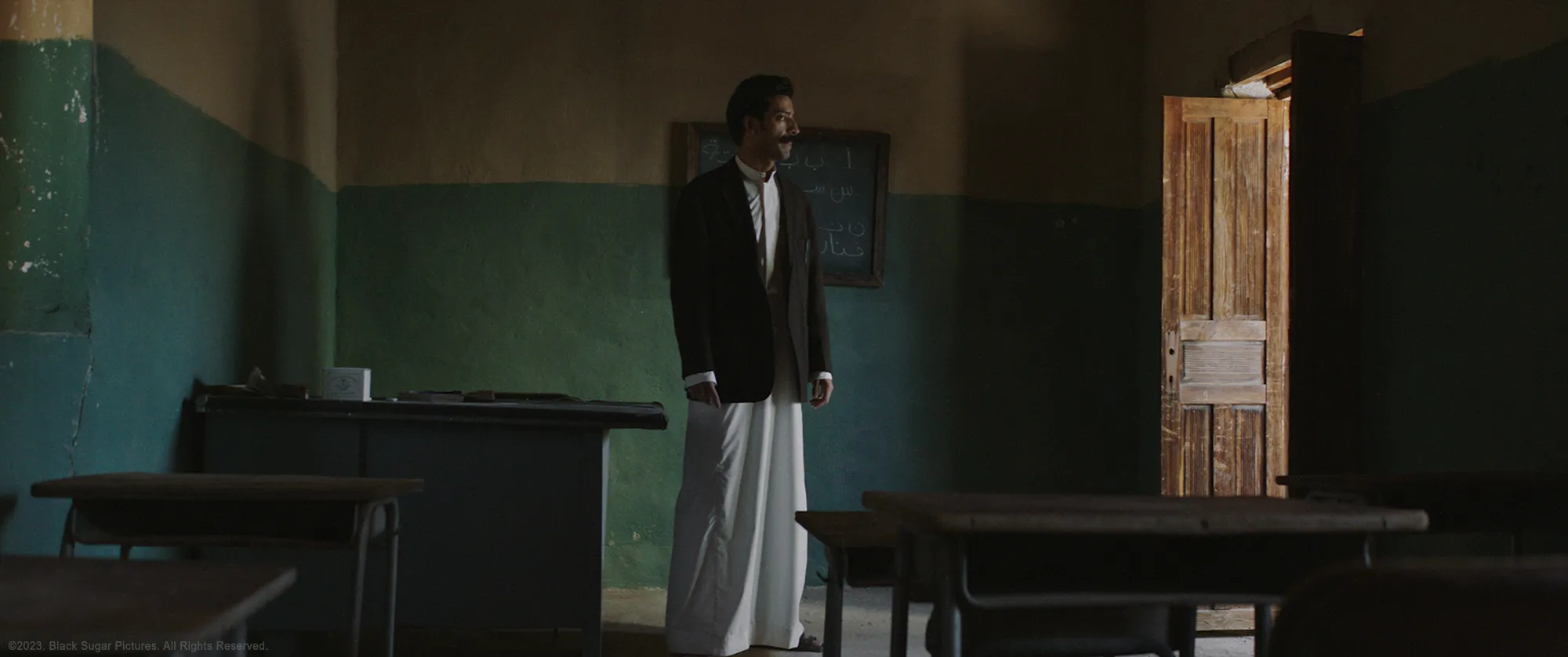

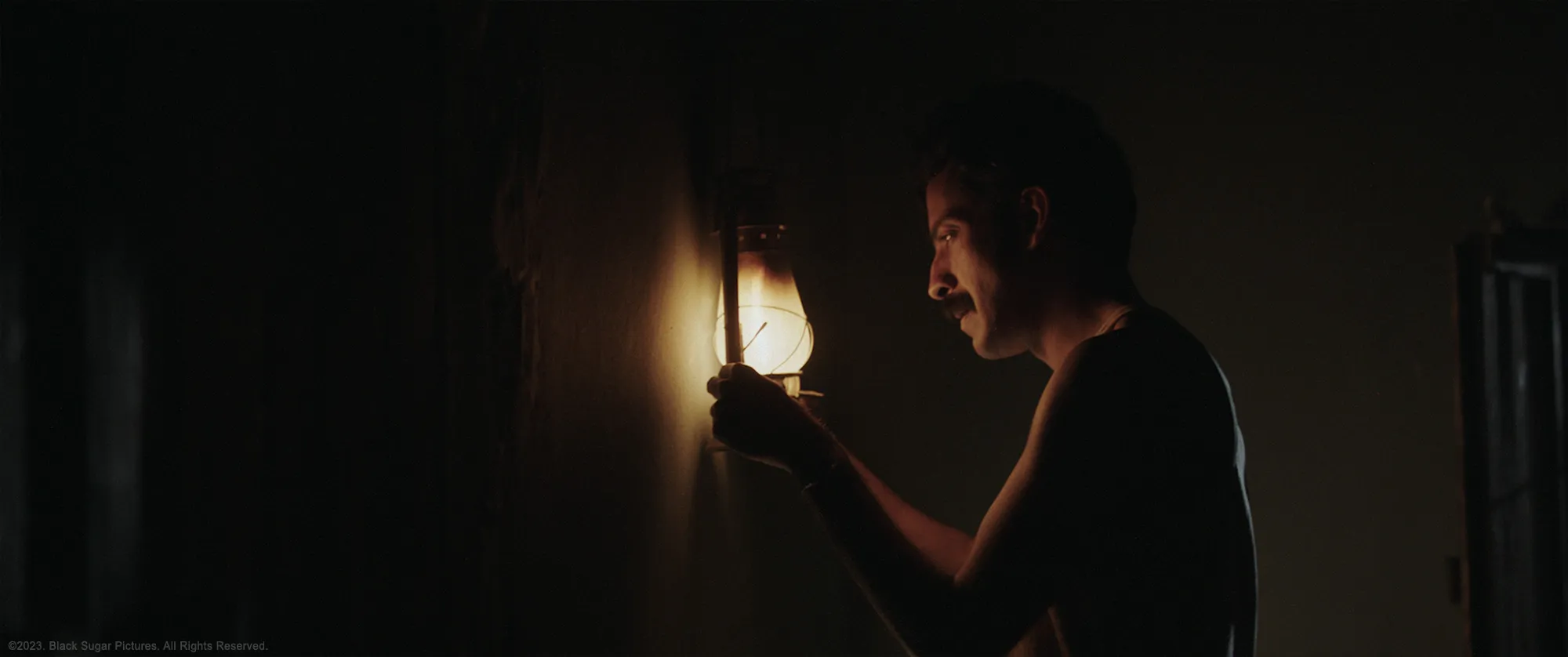
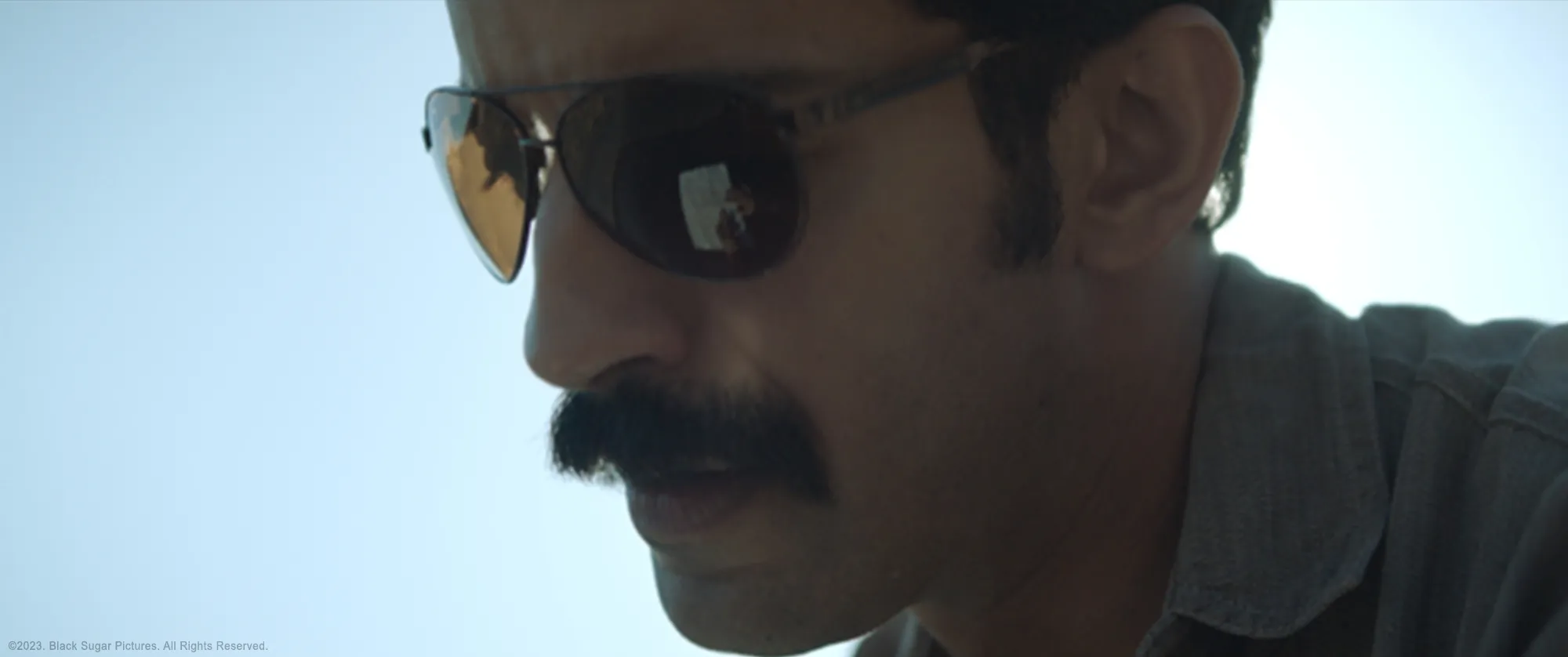








Discussion about this post